Imagine a world where your most important company secrets, client data, and private conversations are constantly under threat. In 2025, this isn’t just a scary thought; it’s a daily reality for businesses worldwide. Cyberattacks are growing smarter, faster, and more destructive, targeting everything from your emails to your financial records. But what if there was a powerful shield you could use to protect your digital life? That’s where encrypted apps come in – they’re not just a good idea, they’re a must-have for any organization looking to survive and thrive in this challenging digital landscape. This article will explore why encrypted applications are your strongest defense against the cyber threats of today and tomorrow. Let’s deep dive Encrypted Apps Amid Cyberattack.
Critical Insights (Encrypted Apps Amid Cyberattack)
- Rising Threat Landscape: Cyberattacks in 2025, including AI-driven threats and sophisticated ransomware, demand advanced protective measures for businesses.
- End-to-End Encryption is Key: Encrypted apps use end-to-end encryption (E2EE) and zero-knowledge architecture to ensure only intended recipients can read messages or access files, making data unreadable to attackers.
- Enterprise-Grade Protection: For businesses, encrypted apps are crucial for data privacy, regulatory compliance, intellectual property protection, and secure internal and external communications.
- Strategic Implementation: CISOs must carefully select apps with features like strong key management and MFA, integrate them into a Zero Trust framework, and train employees to maximize their effectiveness.
- Future-Proofing Your Security: Beyond 2025, emerging technologies like post-quantum cryptography will further strengthen encryption, making encrypted apps an enduring cornerstone of digital defense.
The Evolving Cyber Threat Landscape in 2025: A Digital Battlefield
The year 2025 marks a critical turning point in cybersecurity. The threats are no longer simple phishing scams or basic malware. We’re seeing sophisticated, state-sponsored attacks, highly organized cybercrime syndicates, and even attacks powered by artificial intelligence (AI) that can learn and adapt faster than ever before.
Think about it:
- Advanced Persistent Threats (APTs): These are long-term, targeted attacks where hackers silently stay hidden inside networks for months, stealing data or causing damage.
- AI-Driven Attacks: AI is being used to create more convincing phishing emails, find weaknesses in systems automatically, and even generate new types of malware. CISOs must understand the AI impact on the CISO role in 2025 to adapt their defenses.
- Ransomware 2.0: Not only do these attacks lock up your data until you pay a ransom, but they also steal your sensitive information and threaten to release it if you don’t pay. Learning how to remove ransomware is important, but preventing it is better.
- Supply Chain Attacks: Attackers target a weaker link in a company’s supply chain (like a software vendor) to get into the main company’s systems.
- Zero-Day Exploits: These are attacks that take advantage of a software weakness that the developers don’t even know about yet, making them extremely hard to defend against.
These threats highlight a clear message: traditional security measures are no longer enough. Businesses need a proactive and robust defense strategy.
“In 2025, the digital battlefield is more complex than ever. Encryption isn’t just a feature; it’s the foundational armor for every piece of data.”
What Makes an App “Encrypted”? Deconstructing the Digital Shield
When we talk about “encrypted apps,” we’re referring to applications designed with security as their core. They use complex mathematical processes to scramble your data, making it unreadable to anyone without the correct digital “key.”
Here’s a closer look at the key technologies:
- End-to-End Encryption (E2EE): This is the gold standard. E2EE means that your messages, files, or video calls are encrypted on your device and only decrypted on the recipient’s device. No one in between – not even the app provider – can read or access the content. It’s like sending a letter in a locked box, and only the person with the right key can open it. This is similar to how you might encrypt sensitive files on your computer.
- Zero-Knowledge Architecture: This takes E2EE a step further. It means the service provider has zero knowledge of your data. They don’t store your encryption keys, and they can’t access your content. Even if their servers were hacked, your data would remain secure because the attackers wouldn’t have the keys.
- Strong Cryptographic Protocols: Encrypted apps use powerful algorithms like AES-256 (Advanced Encryption Standard with a 256-bit key) for data encryption and protocols like TLS (Transport Layer Security) for secure communication channels. Understanding how certificates globally play a role in these secure connections is crucial.
- Perfect Forward Secrecy (PFS): This feature ensures that if one encryption key is compromised, it doesn’t compromise past or future communications. Each session uses a unique, temporary key, adding an extra layer of protection.
- Secure Key Management: How are these digital keys created, stored, and exchanged? Encrypted apps use sophisticated methods to manage these keys securely, often involving complex key exchange protocols like Diffie-Hellman.
Why Encrypted Apps are Non-Negotiable for Enterprises
For businesses, especially those handling sensitive client information, intellectual property, or financial data, encrypted apps are not a luxury; they are a fundamental necessity.
1. Data Privacy and Confidentiality
In an era of constant data breaches, protecting client and employee data is paramount. Encrypted apps ensure that sensitive communications and files remain confidential, even if intercepted. This directly supports your commitment to data privacy.
2. Regulatory Compliance
Regulations like GDPR (General Data Protection Regulation), CCPA (California Consumer Privacy Act), HIPAA (Health Insurance Portability and Accountability Act), and others impose strict requirements on how businesses handle and protect personal data. Using encrypted applications helps meet these compliance mandates by ensuring data is secured both in transit and at rest. Non-compliance can lead to massive fines and reputational damage.
3. Protecting Intellectual Property (IP)
Your company’s innovations, trade secrets, and strategic plans are its lifeblood. Encrypted communication and file-sharing apps prevent competitors or malicious actors from gaining access to this critical intellectual property, safeguarding your competitive edge.
4. Preventing Data Breaches and Ransomware Attacks
While encryption doesn’t stop an attack from happening, it significantly reduces the impact of a successful breach. If attackers get into your system, they’ll find encrypted data that is useless to them without the keys. This can be a vital component of your disaster recovery plan.
5. Secure Internal and External Communication
From board-level discussions to project team collaborations and client interactions, encrypted apps provide a secure channel for all forms of communication. This prevents eavesdropping and ensures that sensitive discussions remain private.
6. Building Trust
For clients and partners, knowing that your company prioritizes their data security through the use of encrypted tools builds immense trust and strengthens relationships.
Key Features to Look For in Enterprise Encrypted Apps
When CISOs evaluate encrypted applications for their organizations, a checklist of essential features is crucial. Not all “encrypted” apps offer the same level of security.
Here’s what to prioritize:
- True End-to-End Encryption (E2EE): As discussed, this is non-negotiable. Verify that the encryption happens on the sender’s device and decryption on the recipient’s, with no intermediary access.
- Zero-Knowledge Architecture: Ensure the service provider cannot access your data or keys. This is a vital trust indicator.
- Multi-Factor Authentication (MFA): Even if a password is stolen, MFA (requiring a second verification step, like a code from your phone) prevents unauthorized access.
- Secure Key Management: Investigate how encryption keys are generated, stored, and managed. Look for solutions that decentralize key storage or use hardware security modules (HSMs).
- Auditing and Logging Capabilities: For compliance and incident response, the app should provide detailed logs of access and activity. This helps in identifying suspicious behavior.
- Compliance Certifications: Look for apps that comply with industry standards and regulations relevant to your business (e.g., ISO 27001, SOC 2, HIPAA, GDPR).
- Open-Source Auditable Code (where applicable): For highly sensitive environments, open-source code allows security experts to inspect the code for vulnerabilities, increasing transparency and trust.
- Integration with Existing IT Infrastructure: The app should integrate smoothly with your Single Sign-On (SSO) solutions, Mobile Device Management (MDM), and other enterprise tools for easier deployment and management.
- Regular Security Audits and Penetration Testing: Reputable providers regularly conduct third-party security audits and penetration tests to identify and fix vulnerabilities.
- Data Residency Options: For global enterprises, the ability to choose where data is stored (e.g., within specific geographic regions for compliance reasons) can be important.
Implementing Encrypted Apps: Best Practices for CISOs
Simply buying encrypted apps isn’t enough. Effective implementation requires a strategic approach.
1. Conduct a Thorough Risk Assessment
Before selecting any app, understand your organization’s unique risks, data types, and communication needs. What data needs the highest level of protection? Who needs to communicate securely?
2. Choose the Right Tools for the Right Purpose
Different encrypted apps excel at different tasks.
- Secure Messaging: For internal team chats and one-on-one communication.
- Secure File Sharing/Storage: For collaborative document work and sensitive file distribution.
- Secure Video Conferencing: For confidential meetings and remote collaborations.
- Encrypted Email: For highly sensitive external communications.
3. Develop Clear Policies for Usage
Establish strict guidelines on which apps employees should use for specific types of data. Define what kind of information can be shared on non-encrypted platforms versus those requiring E2EE.
4. Provide Comprehensive User Training
Even the most secure app is only as strong as its weakest link – the user. Train employees on:
- Why encryption is important.
- How to use the chosen apps correctly and securely.
- Best practices for password hygiene and MFA.
- Recognizing and reporting potential threats.
5. Regularly Audit and Update Applications
Cyber threats evolve, and so should your defenses. Ensure all encrypted apps are kept up-to-date with the latest security patches. Implement a robust vulnerability patch management and hardening process.
6. Integrate with a Zero Trust Model
Encrypted apps fit perfectly into a Zero Trust Architecture. In a Zero Trust model, no user or device is trusted by default, even if they are inside the network. Every access request is verified. Encrypted apps reinforce this by ensuring that even if a part of the network is compromised, the data itself remains protected.
7. Plan for Incident Response
Even with the best defenses, incidents can happen. Have a clear disaster recovery plan in place that includes how to handle data breaches involving encrypted communications and how to use logs from these apps for forensics.
Challenges and Considerations
While encrypted apps offer significant benefits, CISOs must also be aware of potential challenges:
- User Adoption: Employees might resist new tools or find them less convenient than familiar, less secure alternatives. Clear communication and training are key.
- Performance Overhead: Encryption and decryption processes can sometimes add a slight delay, though modern apps are highly optimized.
- Interoperability: Different encrypted apps might not seamlessly communicate with each other, leading to potential “walled gardens” of communication.
- Vendor Lock-in: Relying heavily on one vendor’s ecosystem for all encrypted needs could create dependencies.
- Quantum Computing Threats: While not an immediate threat for 2025, the rise of quantum computers could theoretically break current encryption standards. CISOs should keep an eye on developments in quantum cybersecurity and post-quantum cryptography.
The Future of Encrypted Communications: Beyond 2025
The journey of digital security doesn’t stop in 2025. Researchers and developers are constantly working on the next generation of encryption.
- Post-Quantum Cryptography (PQC): As quantum computers become a reality, PQC aims to develop new encryption algorithms that are resistant to quantum attacks. Many encrypted app providers are already researching or beginning to integrate PQC-ready solutions.
- Homomorphic Encryption: This groundbreaking technology allows computations to be performed on encrypted data without decrypting it. Imagine analyzing sensitive customer data in the cloud without ever exposing it in plain text.
- Confidential Computing: This involves performing computations in secure, hardware-based “enclaves” that protect data even when it’s being processed, adding another layer of security to encrypted data.
These advancements promise an even more secure digital future, but the core principle of strong encryption remains the foundation.
Your Digital Resilience in 2025 and Beyond
In 2025, the question for enterprises is no longer if they will face a cyberattack, but when and how severe. Encrypted applications are not a silver bullet, but they are an indispensable layer of defense in a multi-faceted cybersecurity strategy. By adopting E2EE, implementing robust policies, training employees, and staying ahead of emerging threats, CISOs can transform their organizations from vulnerable targets into digitally resilient fortresses. Investing in encrypted apps is an investment in your company’s future, safeguarding its data, reputation, and continuity in an increasingly hostile digital world.
FAQs about Encrypted Apps
Q: How do I know if an app is truly encrypted?
Look for these key indicators: end-to-end encryption clearly stated, open-source code availability, third-party security audits, and explicit mentions of encryption protocols like AES-256 or Signal Protocol. Avoid apps that only mention “secure” without specifying encryption standards.
Q: Do I need to delete my old messaging apps when switching to encrypted ones?
Not necessarily, but it’s recommended for maximum security. You can gradually migrate by informing contacts about your new encrypted app while keeping old apps for legacy conversations. However, remember that unencrypted apps still pose security risks.
Q: Will encrypted apps slow down my device or drain battery faster?
Modern encrypted apps are optimized for performance. While encryption requires some processing power, the impact on battery life and device speed is minimal on current smartphones. The security benefits far outweigh any minor performance considerations.
Q: Why does Signal ask for my phone number during setup?
Signal uses your phone number as your unique identifier, similar to WhatsApp. This makes it easier for contacts to find you while maintaining security. Your phone number is encrypted and not shared with Signal’s servers beyond initial verification.
Q: Can I use the same encrypted messaging app on multiple devices?
Yes, most encrypted apps support multi-device usage. Apps like Signal, WhatsApp, and Telegram allow you to link tablets, computers, and other devices. Each device generates its own encryption keys while maintaining synchronized conversations.
Q: What happens to my messages if I lose my phone?
This depends on the app’s backup policy. Signal messages are stored locally unless you enable encrypted backups. WhatsApp offers encrypted cloud backups. Always enable backup features and store recovery keys securely before you need them.
Q: Can I still receive emails from regular Gmail users if I switch to ProtonMail?
Absolutely. Encrypted email services like ProtonMail can send and receive emails from any email provider. Messages between ProtonMail users are automatically encrypted, while emails to/from regular providers are encrypted in transit and at rest on ProtonMail’s servers.
Q: Do I need to learn complex encryption keys to use encrypted email?
No. Modern encrypted email services handle all encryption automatically. You simply compose and send emails normally. The encryption happens behind the scenes, making it as easy as using regular email.
Q: How do I migrate my existing emails to an encrypted service?
Most encrypted email providers offer migration tools. You can typically import emails via IMAP, export from your current provider, or use built-in migration assistants. The process usually takes a few hours depending on your email volume.
Q: Will my files be accessible if the encrypted storage company goes out of business?
Reputable encrypted storage providers offer data export options and advance notice policies. Choose services with clear data portability policies. Always maintain local backups of critical files regardless of your cloud storage provider.
Q: Do I need a VPN if I’m already using encrypted apps?
VPNs and encrypted apps serve different purposes. Encrypted apps protect your message content, while VPNs protect your internet traffic and hide your location. Using both provides layered security – VPNs protect your browsing, encrypted apps protect your communications.
Q: Can my workplace or school block encrypted apps?
Some organizations block encrypted apps on their networks. However, you can usually still use them on cellular data. Check your organization’s IT policies before installation. Some encrypted apps offer ways to bypass basic blocks, but respect your workplace policies.
Q: What’s the difference between “encrypted” and “end-to-end encrypted”?
Regular encryption might encrypt data in transit or storage but allows the service provider to decrypt it. End-to-end encryption means only you and your recipient can decrypt messages – not even the app company can read them. Always choose end-to-end encrypted options.
Q: Do I need to manually update encryption keys?
No. Modern encrypted apps automatically handle key generation, exchange, and rotation. This process happens transparently in the background. Manual key management is only necessary for advanced enterprise security setups.
Q: Can I verify that my conversations are actually encrypted?
Yes. Most encrypted apps provide verification features like safety numbers (Signal), encryption indicators (WhatsApp), or security codes. You can verify these with your contacts to ensure no man-in-the-middle attacks.
Q: How do I convince family members to switch to encrypted apps?
Start with apps that are user-friendly and widely adopted, like WhatsApp (if they’re not already using it) or Signal. Explain the benefits in simple terms – protection from hackers and privacy. Offer to help with setup and be patient with less tech-savvy family members.
Q: Can I create encrypted group chats with mixed users (some encrypted, some not)?
This depends on the app. Within encrypted apps, all group members need the same app for encryption to work. You can’t have an encrypted group chat spanning multiple apps. Choose one encrypted app and migrate your group there.
Q: What happens to group chat encryption if someone leaves?
Most encrypted apps automatically update group encryption keys when members join or leave. Past messages remain encrypted with the old keys (so departed members can’t see new messages), while new messages use updated keys.
Q: What should I do if my encrypted app isn’t working properly?
First, ensure you have the latest app version and stable internet connection. Check if the service has any outages. Try restarting the app or your device. If problems persist, contact the app’s support team – reputable encrypted services offer responsive customer support.
Q: Why can’t I find certain encrypted apps in my app store?
Some encrypted apps may be restricted in certain countries or regions. Use the app’s official website to download directly, or consider using a VPN to access different app store regions. Always download from official sources to avoid malicious copies.
Q: How do I know if my encrypted app setup is working correctly?
Look for encryption indicators in the app interface (lock icons, “encrypted” labels, verification badges). Test by sending a message to yourself or a trusted contact. Check that key exchange notifications appear when messaging new contacts. Most apps also have security settings you can review.
Pro Tip: Always enable two-factor authentication on your encrypted apps for an additional security layer, and regularly review your app permissions to ensure optimal privacy protection.
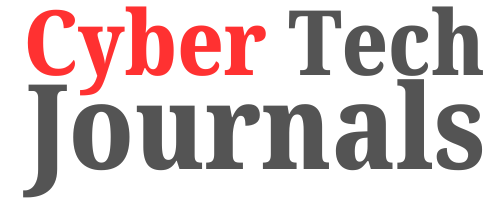

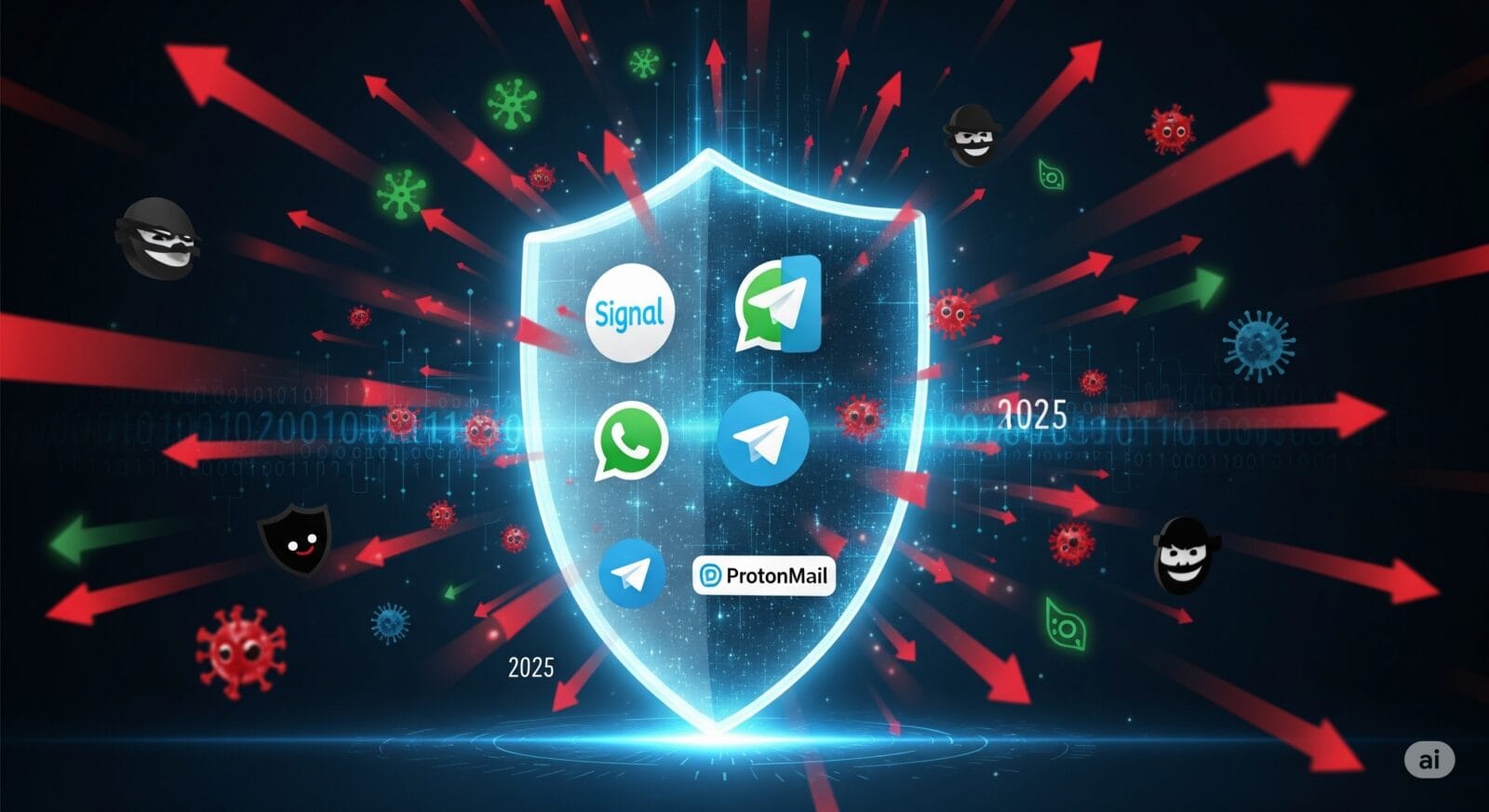


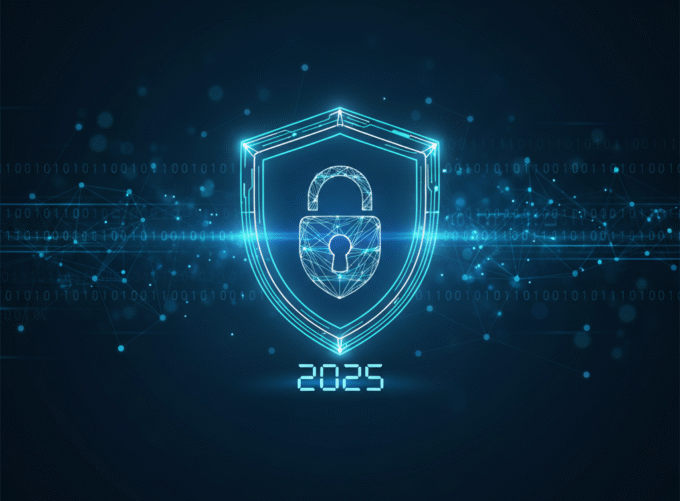




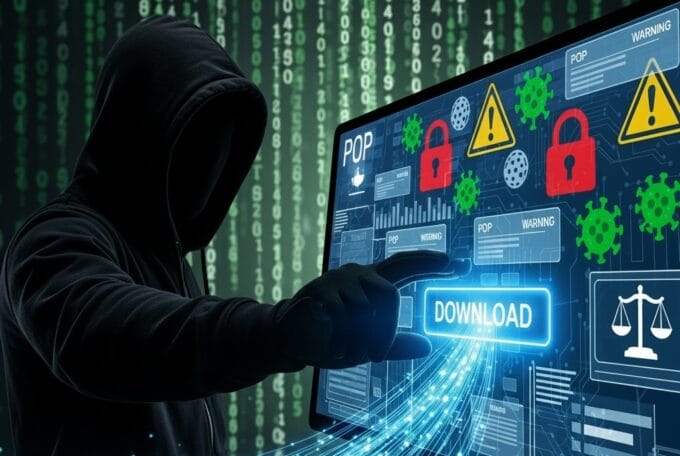


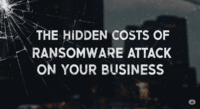


Leave a comment